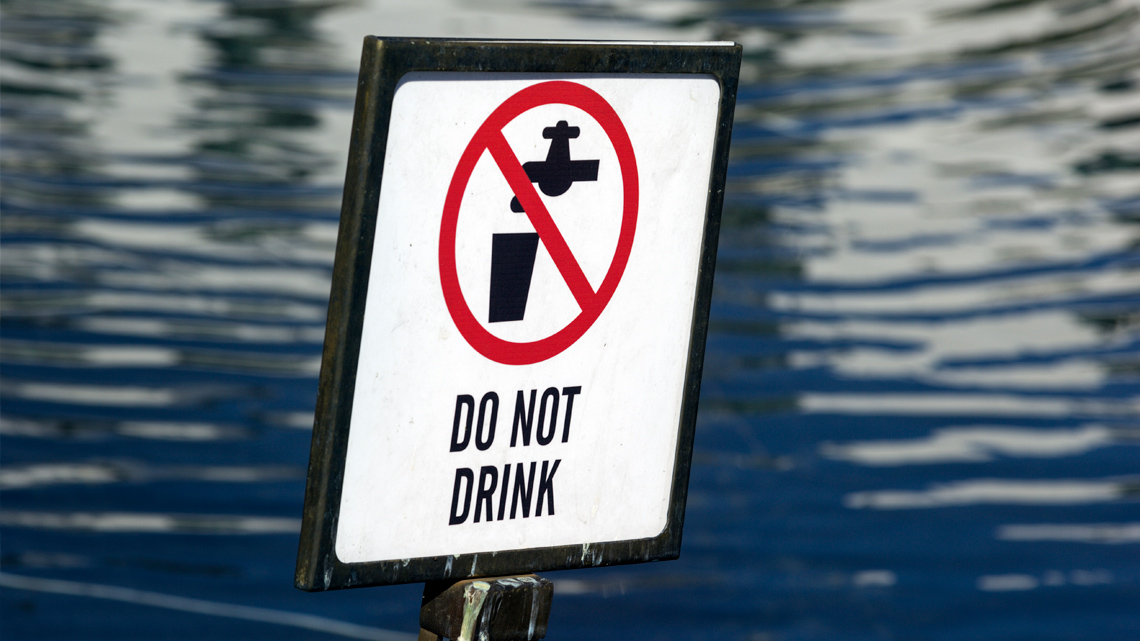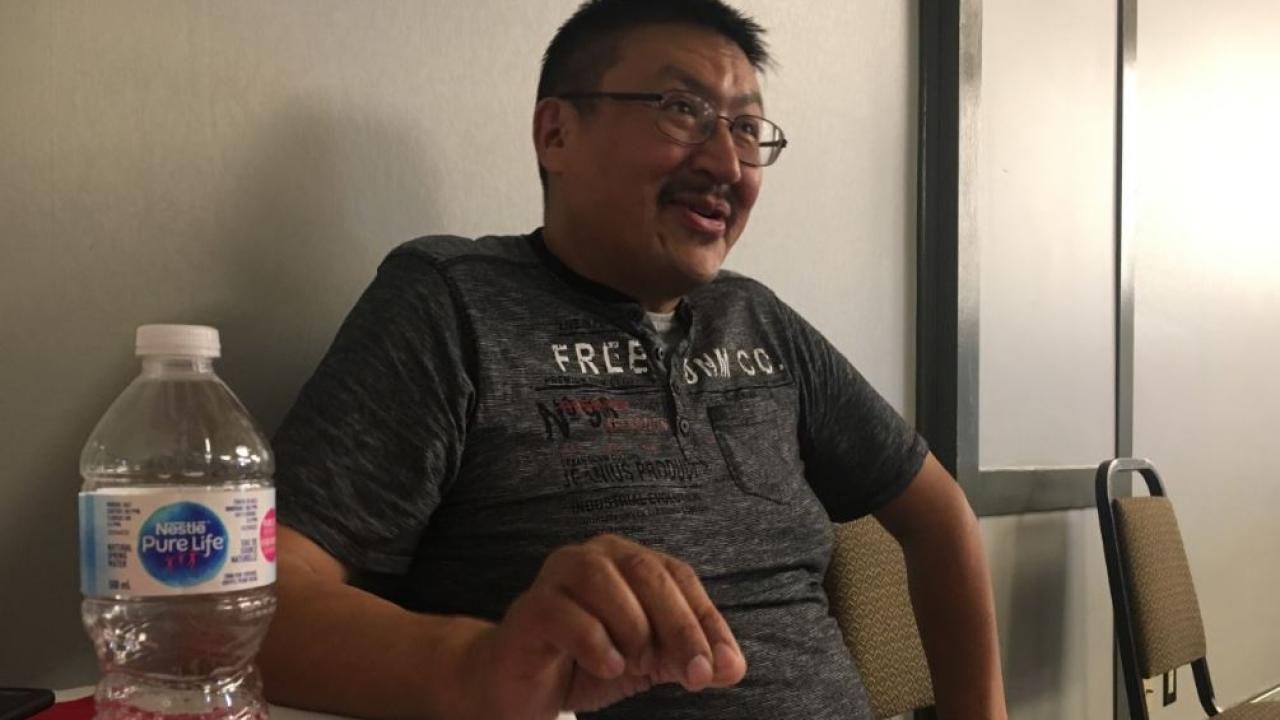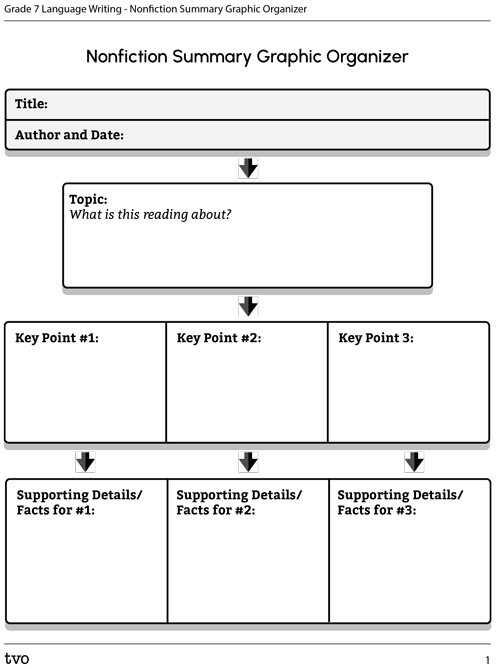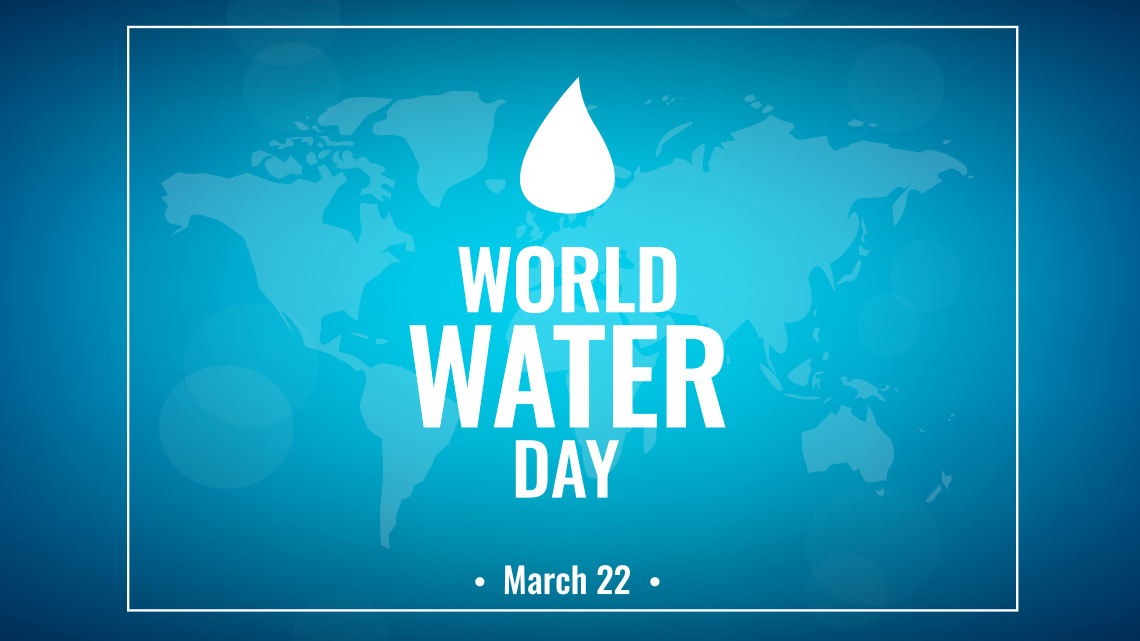Minds On
Identifying key points
Now that you have learned about procedural writing, let’s continue to develop our writing skills by learning about summarizing. Simply stated, summarizing is taking the key ideas from a piece of writing and restating them in your own words.
You might be surprised to learn that many First Nation territories do not have clean, safe drinking water.
Access the following video entitled “First Nations Drinking Water.” While exploring the video, note three key points that you feel best summarize the information presented.
If possible, share your three key points with a partner or small group. Group together similar key points, and see if your group can come to a consensus with what three points are the most important.
If you are working independently, review your points to ensure that you are content with the points you chose.
Student Success
Think-Pair-Share
Tweet about it
Twitter is a popular social media platform where you can send out messages to the public with a limit of 280 characters. Remember, good tweets are gracious and polite; great tweets are gracious, polite, and funny! Consider the following:
- Stay within the 280-character limit. Every key you would hit on a keyboard counts as one character.
- What information should you include in the tweet to get people interested and what information should you leave out?
Note to teachers: See your teacher guide for collaboration tools, ideas and suggestions.
Action
Examining an issue

Let’s further explore the ongoing issue of boil water advisories in Ontario. You will be reading about the issue and summarizing the information.
Part 1: Read and plan your summary
Select one of the following two articles. If possible, with a partner, decide which one of you will read each of the two articles so that you can compare information at the end.
Article 1
Access the article,"When will First Nations in southern Ontario get clean drinking water?"

Press tvo today to access "When will First Nations in southern Ontario get clean drinking water?".
tvo today (Opens in a new tab)Article 2
Access the article,"How to build Ontario: First Nations need clean water."

Press tvo today to access "How to build Ontario: First Nations need clean water."
tvo today (Opens in a new tab)Complete the Nonfiction Summary Graphic Organizer in your notebook or use the following fillable and printable document to keep track of key points from the article as you read.

Press the Activity button to access Nonfiction Summary Graphic Organizer.
Activity (Open PDF in a new tab)Since your goal will be to summarize the information into a paragraph or two, keep the following in mind as you read and plan your summary:
- While reading the article for the first time, note any points or facts that you think are important.
- Once finished, you are encouraged to re-read the article, now with your key points in mind. After reading it the second time, consider: did your key points convey the message that the article was trying to make?
- If possible, share your planner with someone else who read the same article and compare your notes. Discuss with this partner any similarities or differences and come to a consensus about what the three key points should be.
Part 2: Write your summary
Now that you have a completed planner and have perhaps made revisions based on discussions with peers or a teacher, it is time to write a summary of the article.
Student Success
Think-Pair-Share
Summary exchange
If possible, exchange your summary with a partner who worked on a different article than you.
- Read each other’s summaries.
- One at a time, explain to your partner what you think their article was about, based on the summary you read. Swap and repeat.

Note to teachers: See your teacher guide for collaboration tools, ideas and suggestions.
Consolidation
Spreading the word

Summaries allow us to share key information quickly about important issues. To take your summaries to the next level, you are going to create a media poster or an audio advertisement that conveys the key information about water boil advisories in Ontario that you have learned from:
- the video
- the article you read
- the summary you read from your partner’s article
- any discussions that have taken place so far with a partner, small group, or whole class
Your poster should convey the key points about this ongoing issue.
Reflection
As you read the following descriptions, select the one that best describes your current understanding of the learning in this activity. Press the corresponding button once you have made your choice.
I feel...
Now, expand on your ideas by recording your thoughts using a voice recorder, speech-to-text, or writing tool.
When you review your notes on this learning activity later, reflect on whether you would select a different description based on your further review of the material in this learning activity.